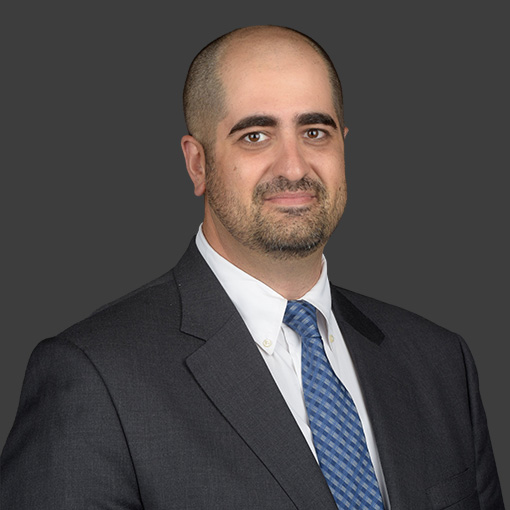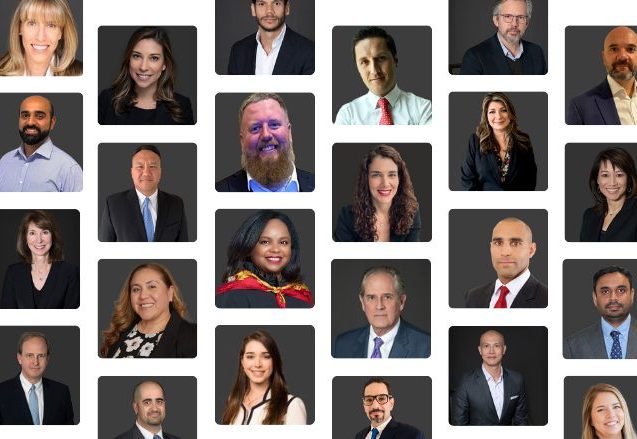This site uses cookies to provide you with a more responsive and personalized service. By using this site you agree to our use of cookies. You can learn more about our use of cookies and similar technologies and your choices by reviewing our Privacy Policy. By clicking “I agree” you agree to our use of cookies and similar technologies.
Corporate Security Strategy: Start with Risk, Not Tech
Beyond the Hype: Building Effective Corporate Security
New security technologies, such as AI-driven weapons detection, offer compelling promises of enhanced safety. It’s easy to be drawn to innovative solutions filled with buzzwords and promises of superior protection. However, truly resilient and effective corporate security isn’t merely a product you purchase; it’s a strategic process you must build, evaluate, test, refine, and repeat.
The Foundation of Corporate Security: Security Risk Assessment
Before considering specific technologies, an essential first step is a comprehensive Security Risk Assessment (SRA). An SRA is more than a checklist; it’s the blueprint for a robust security posture, much like a Security Design Criteria (SDC) forms the foundation for data center security. This diagnostic process helps you identify critical assets—people, property, intellectual information, and reputation—and evaluate credible threats against them. It clarifies your vulnerabilities and desired security outcomes, establishing the true need for potential solutions like weapons detection, rather than adopting them as a foregone conclusion.
Beyond Technology: The Operational Plan
Once the SRA defines your needs, the conversation shifts from “what to buy” to “how to operate”. For example, if a weapons detection system is indicated, what happens when it alerts? Who receives the alert? What are the precise procedures for validating alerts, managing inevitable false positives, or coordinating with law enforcement? A multi-million dollar system is just an expensive liability without a clear, well-documented, and rehearsed operational plan and well-trained personnel. Just as late security involvement creates costly redesigns and delays in construction projects, rushing technology without a plan risks significant operational challenges and liabilities.
Integrating Technology Effectively
Only after establishing a clear understanding of risks and developing an operational framework can you effectively select specific technologies. Our approach prioritizes a vendor-agnostic, requirements-based selection. The goal is to find the right tool for a well-defined job, ensuring it integrates seamlessly and supports your strategy. Factors like camera placement, lighting conditions, and existing infrastructure significantly impact system efficacy and total cost of ownership, including software licensing, hardware, integration, ongoing maintenance, and crucial personnel training.
The Pillars of Corporate Security: People, Process, Technology
The most effective security programs are built on three fundamental pillars:
- People are the cognitive core of any security posture. A well-trained, situationally aware team, from front-line security officers to receptionists, forms your primary defense. They are the human element that can detect anomalous behavior long before a weapon might become visible.
- Process is the strategic backbone. Clear, unambiguous policies and procedures provide the strategic backbone, ensuring consistent, effective, and legally defensible responses to daily operations and critical incidents.
- Technology is the force multiplier. Its role is to enhance and optimize human capabilities and enforcing processes. It provides the data, alerts, and controls that allow a limited number of personnel to have an outsized protective effect.
Starting with technology is akin to building a house without a foundation. Instead, begin by asking the right questions, conducting a thorough risk assessment, and defining your operational strategy. Only then can you identify and implement technology that truly serves your comprehensive security strategy, not define it.
Partnering for Proactive Security
At Guidepost, we partner with organizations to develop security programs that are grounded in assessed risk, strengthened by robust processes, and supported by technology only when it strategically fits the mission. We understand that proactive security is not just a best practice, but an essential risk management tool. Our goal is to help you build a sustainable posture that is resilient, adaptive, and truly effective.

John Bekisz PE, PSP
Vice President, Data Center & Critical Infrastructure Practice
John Bekisz, brings a wealth of expertise in security design, engineering, and project management. His approach to security consulting is comprehensive, integrating operational, physical, electronic, and cyber vectors to guide and support clients through mitigation selection, development, and implementation of their security programs and projects.


